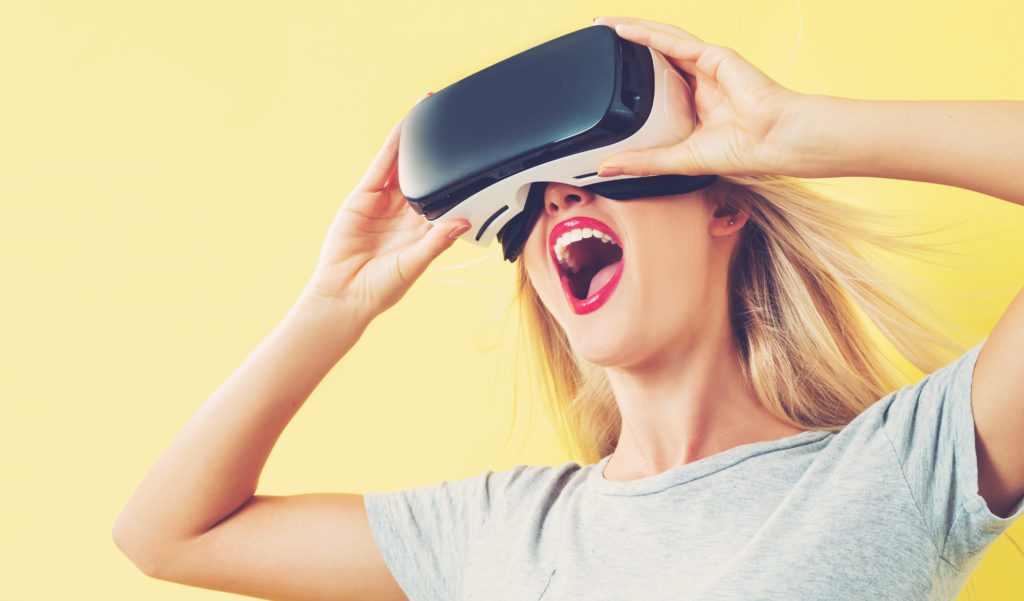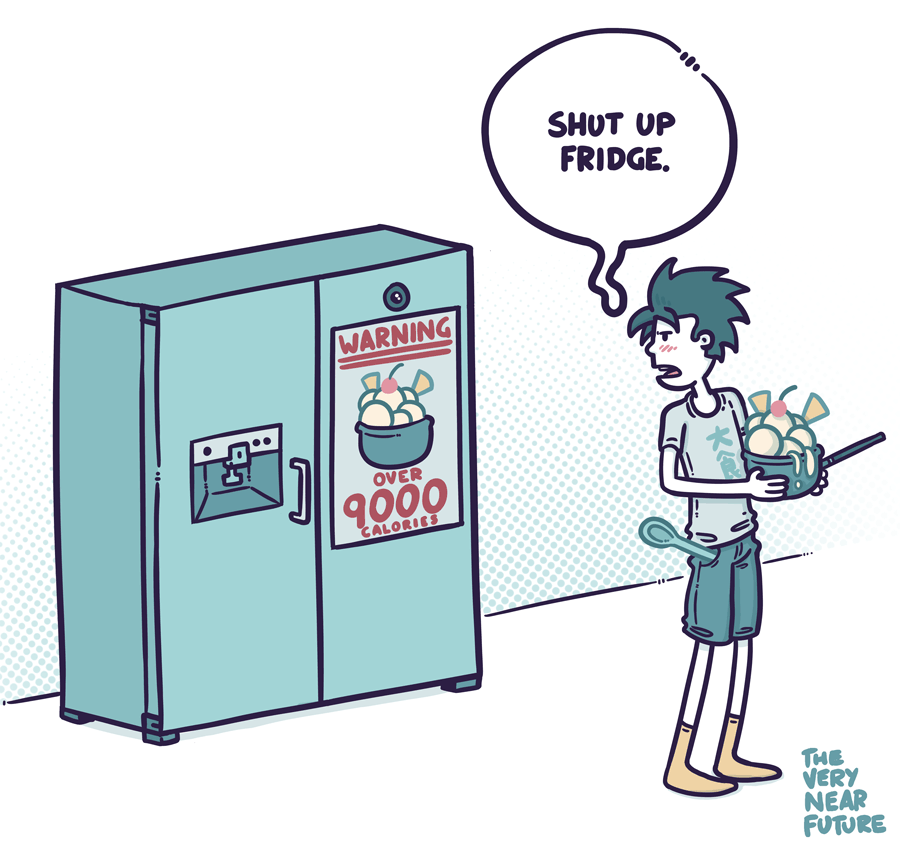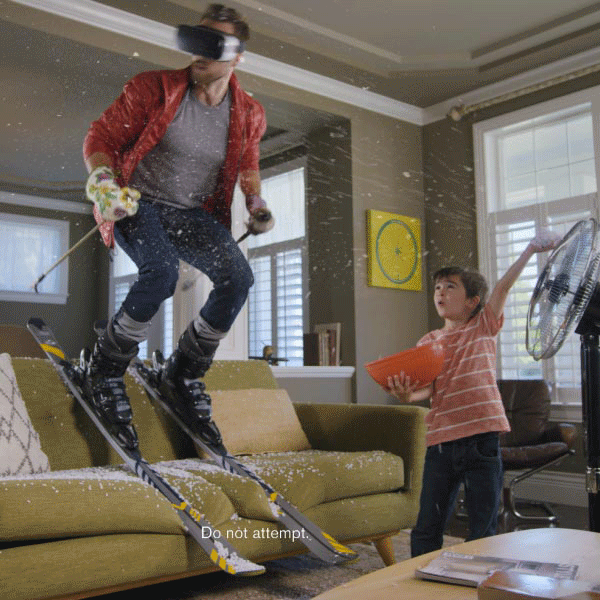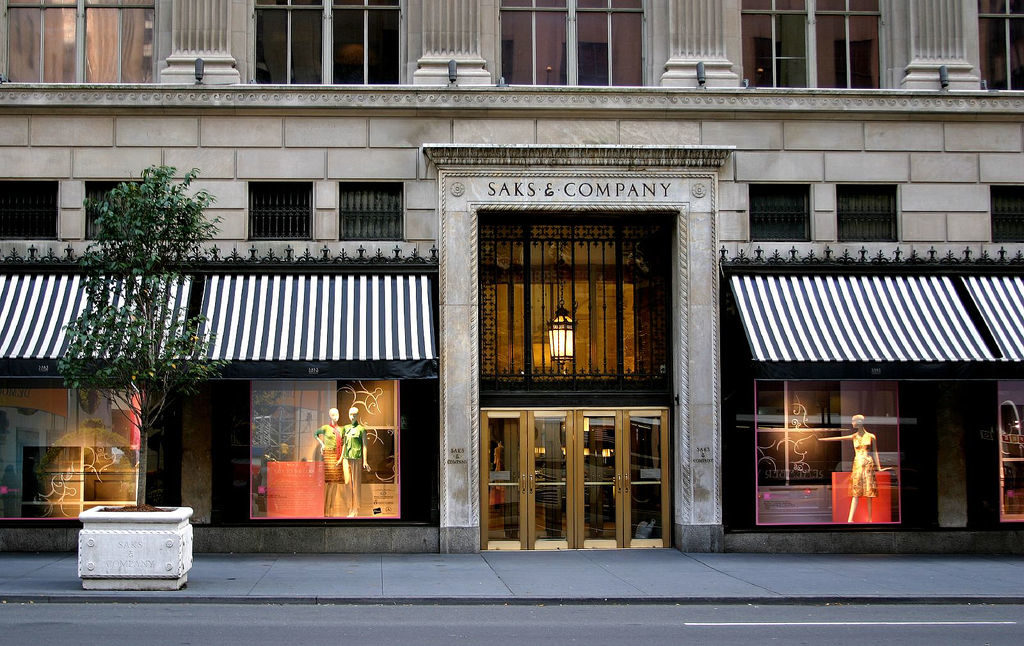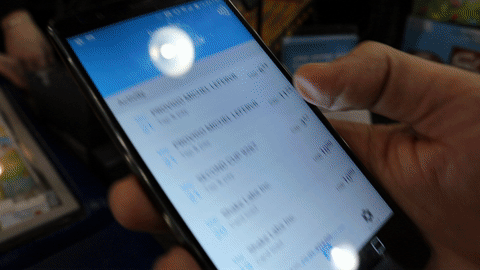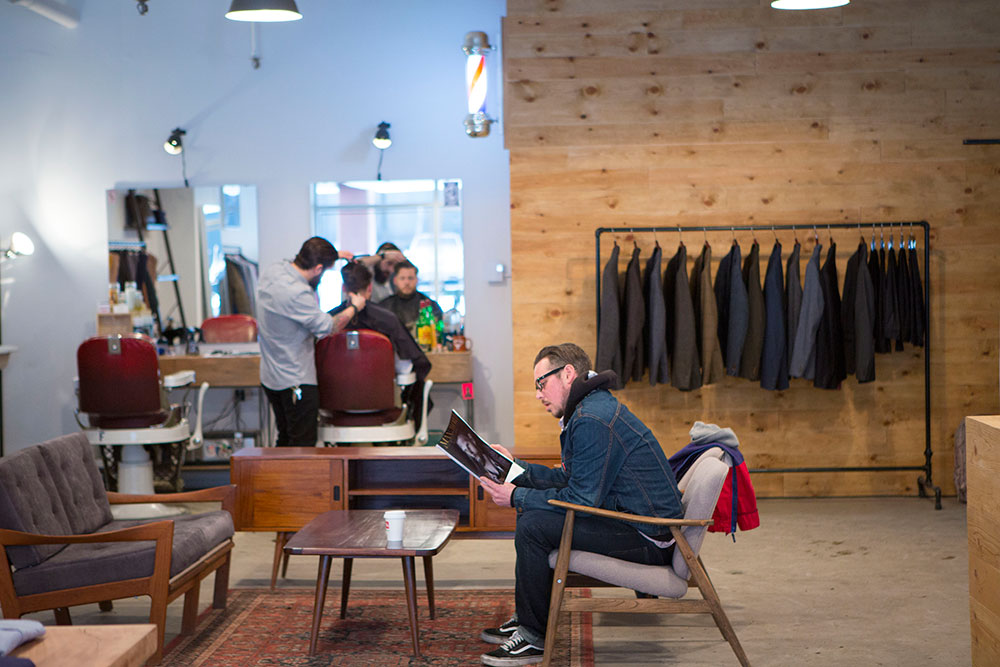Most people who shop online have bought something from Amazon. It’s a site that has everything from Oprah’s favorite books to canisters of elemental metals. If you can’t find it there, the legend goes, you probably can’t buy it online.
Yet, many in-person retailers continue to thrive. How do they do it? It really comes down to the reasons people shop, or seek out shopping experiences. So here are five keys to competing with your brick and mortar store against the behemoth that is Amazon.
#1. Have Knowledgeable, Well-Trained Associates
When you click on an Amazon item, there is a limited amount of information available to you. There are often only one or two images available, but the images are not in situ, meaning you can’t get a sense of scale of an item next to something like a floor lamp or a coffee table. This has resulted in people purchasing items like a toy tent instead of a tent that fits adults. You can’t tell the quality of construction of an item by a description of an item. You can only make a guess as to whether an item or its competitor is more suited to your needs, or more durable. Sure, there are comments on items, but comments can be useless, as people use them to air unrelated grievances. Knowledgeable staff can give concrete answers and advice.
Only sales staff know that item A has been returned more often than item B. Investing in experienced staff and training them can make a world of difference to customers, and they will return.
#2. Create an In-Store Experience
Amazon can do a lot of things, but it can’t give you a hand massage, or show you how to accessorize an outfit. It also can’t invite a string quartet to play or have an author read their book to you in person.
In-store experiences are impossible to replicate digitally. Connecting people in a shared environment is the killer advantage of the bricks and mortar experience. Stores that put this at the forefront of their marketing efforts succeed where others don’t. Think about ways that will entice customers to make the effort to see you.
#3. Accentuate Your Physical Advantage
There’s a reason people don’t buy cars or bathing suits much online: you have to be in them to know whether you’d want to spend an afternoon in one. Bricks and Mortar stores still have a huge advantage when it comes to the shopping experience: experiential learning. Customers being able to interact with any item in the store is one of the main reasons it’s impossible to get near an Apple Store any day of the week.
Think about ways you can make your in-store experience more tactile and experiential. Consider having samples of your materials available for people to touch and interact with. Train staff on explaining how jeans are made while they demonstrate stitching on a pair of pants.
#4. Offer Pick-Up In-Store
In retail, it’s important to reward those who are brand loyal and want to shop with you but have specific needs. One of those needs is often the desire to pick up a specific order and not have to search the store or wonder if it’s in stock in their size. This is where pick-up in-store solves a key gap in the shopping ecosystem. Sometimes, a store location is near their work or home, and picking up an item in-store is easier for them than worrying whether the postal worker or UPS person will drop their item off on time, or send their package to a depot.
Pick-up in-store offers customers peace of mind: their items are waiting for them, without hassle, and often incorporating any promotions that are offered online.
This would be a good time to tell you about the Salesfloor Click & Collect feature coming in the near future. 😉 With this feature, customers can request a product from a local store and once an associate confirms it is ready, the customer can visit the store for purchase.
#5. Offer Real, Not Automated Recommendations
Amazon’s recommendation engine is a great example of computer intelligence not approaching human intelligence. If you’ve ever bought a romance novel for your aunt, a wrench, and a printer in the same month from Amazon, you’ve seen the strange phenomenon of wild recommendations. Amazon can only predict which items are similar to items you’ve bought or items that people have bought most often together. It cannot approach the level of knowledge a brand and sales associate combination can provide.
Only a real person, armed with their own experiences, training, and data about the customer (the Salesfloor app helps augment this) can tell you that if you liked this cardigan, the V-neck that is in the same knit is also right for you. Amazon simply can’t replicate it.
There are so many reasons why an in-store shopping experience is better for customers than sitting on a couch attempting to navigate an endless set of options. The most important thing to focus on is the customer’s overall experience. Thing sensually- appealing to the senses is the easiest way to differentiate yourself from Amazon.

